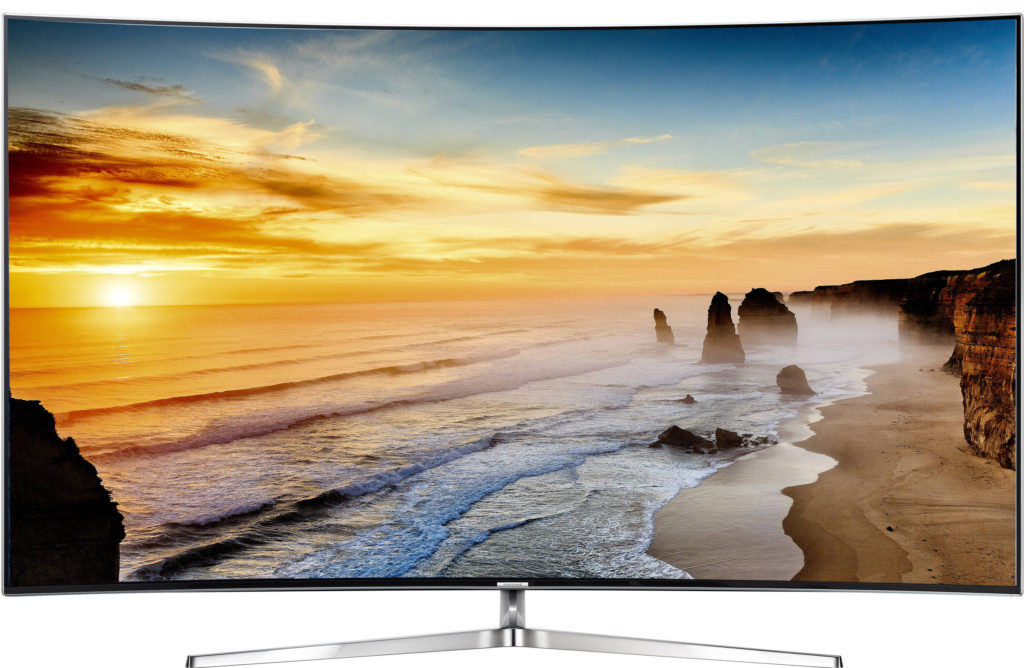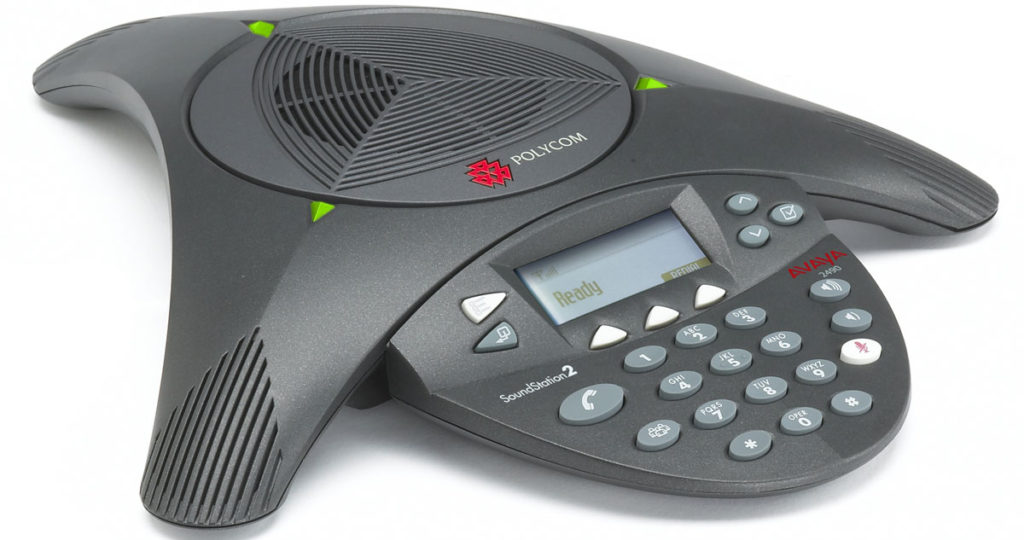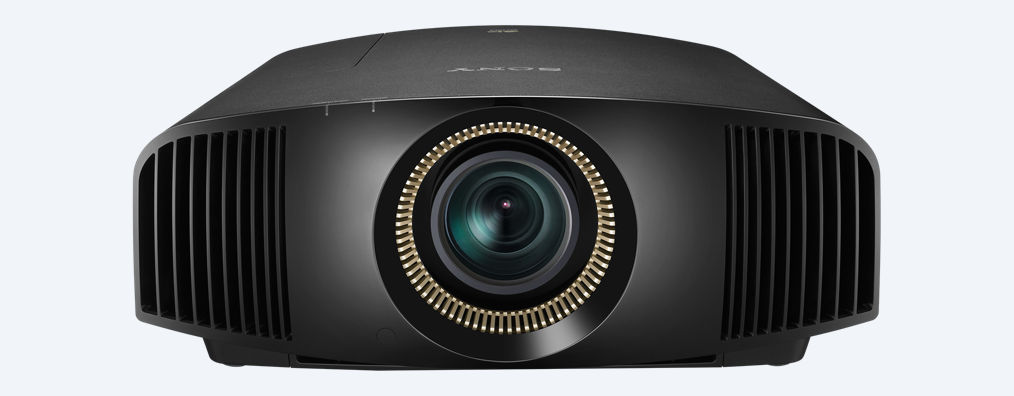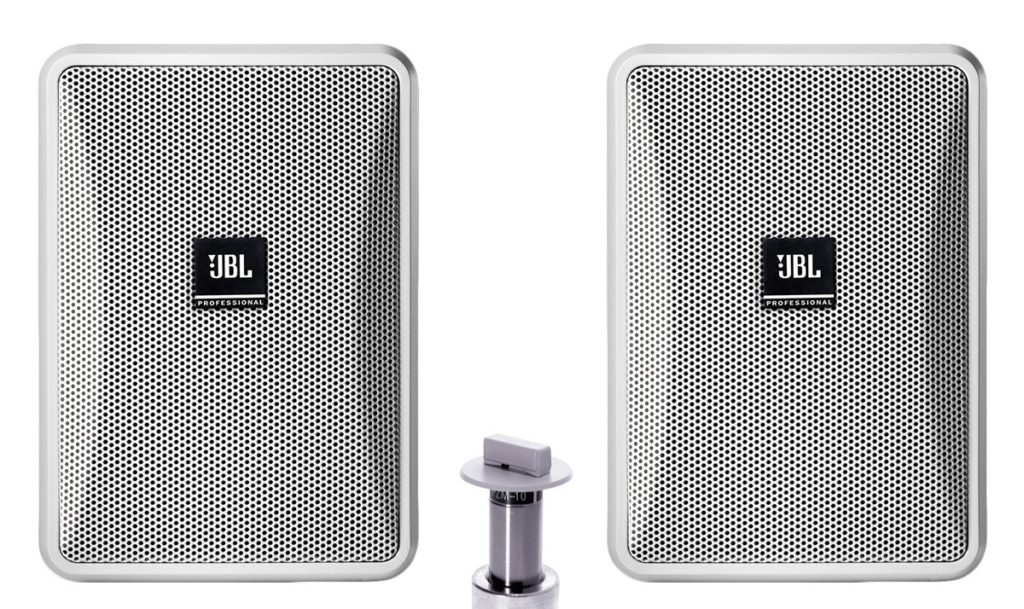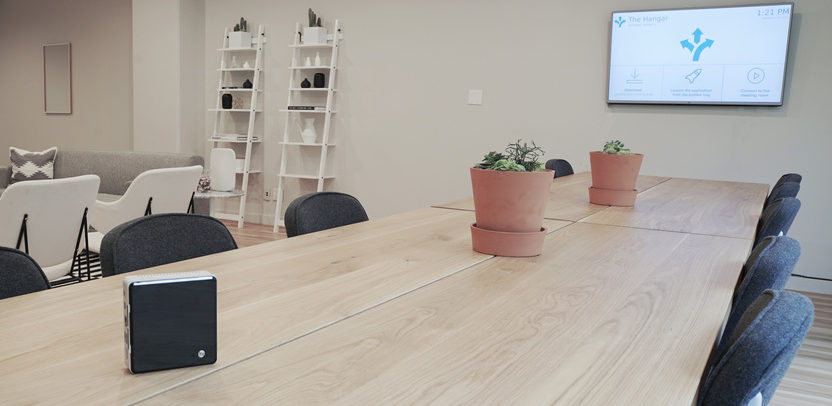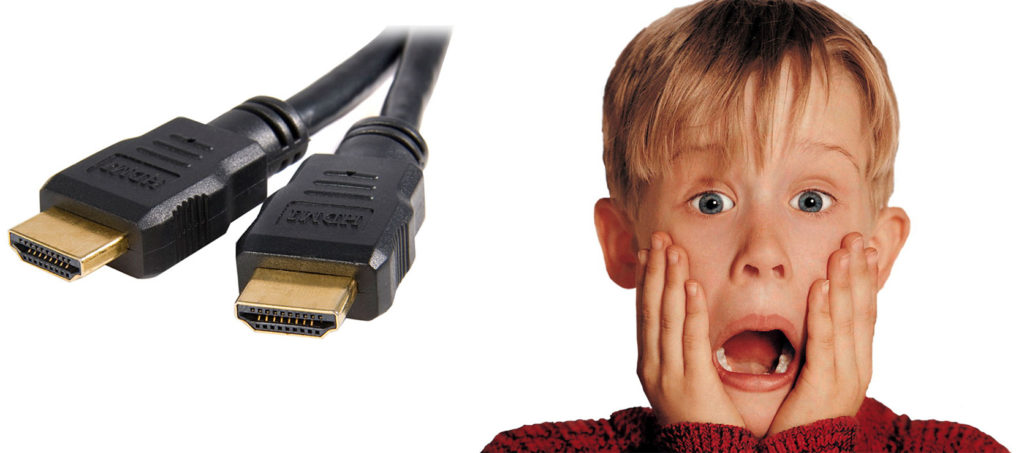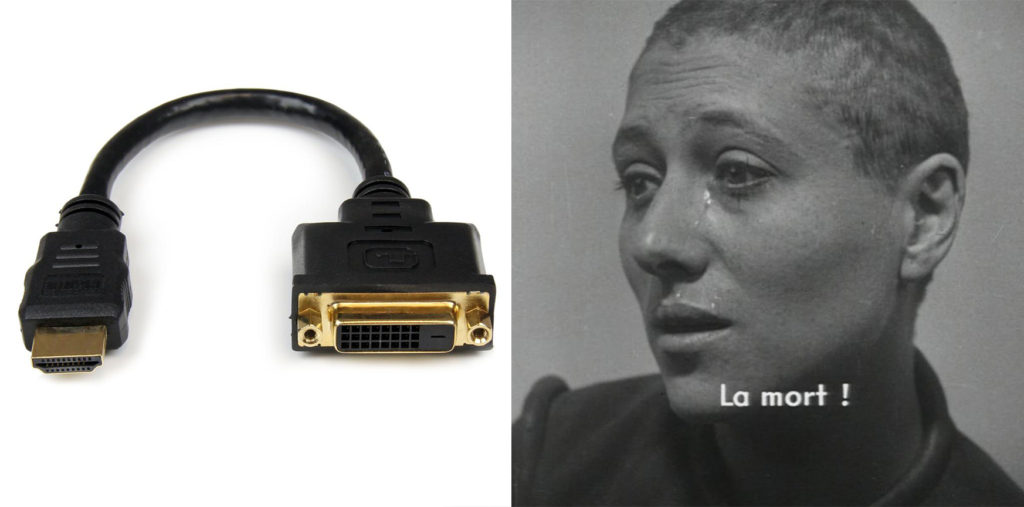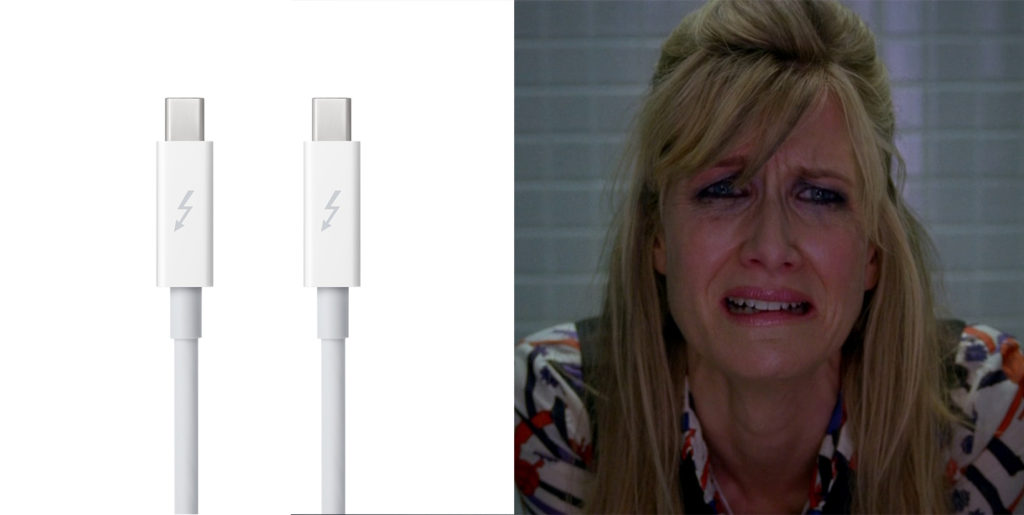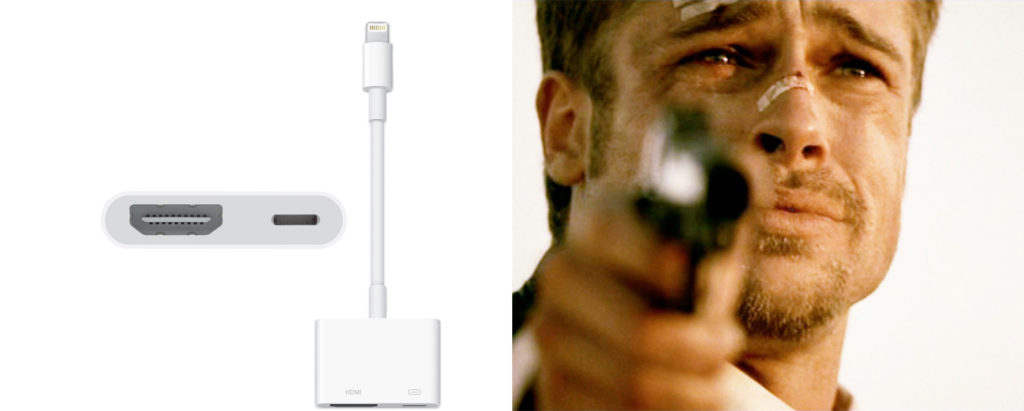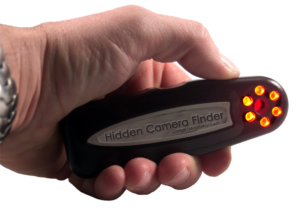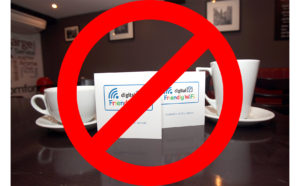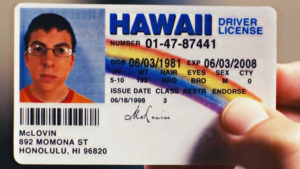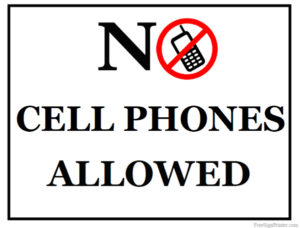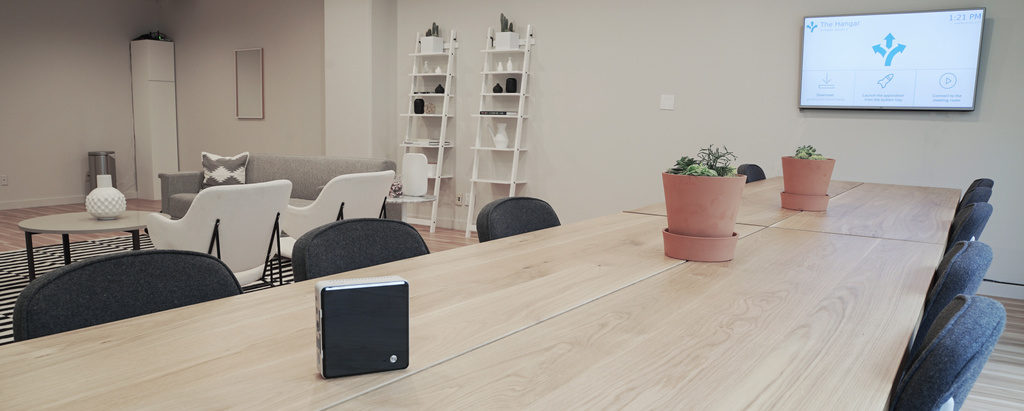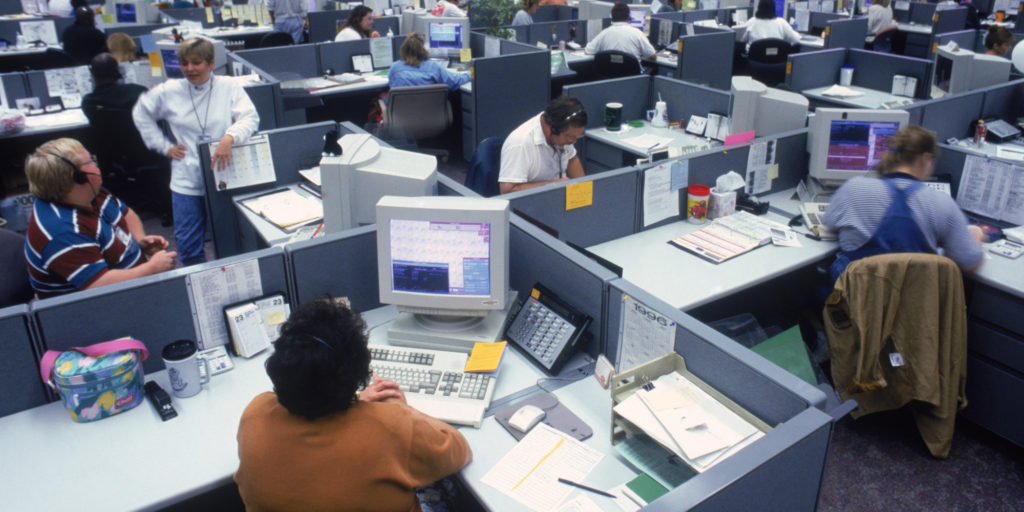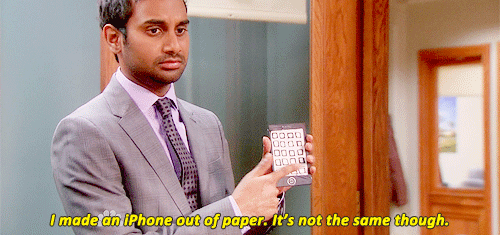A lot has changed in the business scene since the outbreak of Covid 19. To keep afloat, businesses had to revamp how they operate and employ new strategies to achieve their goals. Meetings, which are an integral part of the workday, are now done differently. Before the Pandemic, business meetings were mostly done face-to-face, but they are now being done virtually.
There is a possibility that the way meetings and other key activities are carried out will not go back to normal even after the pandemic. Read on to learn how business meetings have changed since Covid.
It is easier to see who is contributing
Many businesses have a dedicated space or meeting rooms where ideas are brainstormed and key issues are discussed. During these meetings, some participants are vocal and like to air their opinions, at the same time; others hide in plain sight and offer little or no contribution.
In a virtual meeting room, it is a lot easier to see who is contributing and who is not. With no corners and blind spots to hide, it will be easier to tell if everyone is contributing. What’s more, it will be harder for some participants to dominate the conversation.
Not all meetings are necessary
Since the pandemic, many business leaders have wised up. They now understand that herding everyone to the conference room for a meeting isn’t always the best decision. Of course, meetings are important, but they may hurt the productivity and output of a business when they don’t add any value or are too frequent.
With everyone working from home these days, things that were accomplished via meetings can now be done through wireless presentation, conference calls, or email.
Businesses and organizations that have eliminated unnecessary business meetings can achieve their goals quicker because their teams now have more time to focus on important tasks.
Flexibility in meeting timing
Before Covid, businesses and organizations don’t usually schedule meetings first thing in the morning. They seem to have a specific time of the day they schedule important appointments and meetings.
Since Covid, people have become more flexible. They are now willing to schedule meetings early in the morning or late in the evening.
This has helped a lot of organizations strategize better and adapt to the needs of their teams.
No more marathon work session
Not long ago, it was a norm for teams to have multiple days of planning sessions to brainstorm ways to address their current challenges. These gatherings are a mix of business, pleasure, discussions, team-building exercises, and many more.
Since Covid, most people no longer travel for business. Because of this, many organizations have scraped out long planning sessions and focused on solutions that will help their company reach new heights.
Move value on time
The value for time has never been this high. Businesses and organizations now understand that working from home doesn’t equate always working. To ensure that their employees get as much work done during their working hours, teams now brainstorm, exchange recommendation, and offer feedback during cable-free meetings, which usually lasts for a few hours.
Final note
It is hard to say if things will return to normal or if meetings and other key business activities will be carried out the way they used to. In the meantime, businesses should embrace change and adopt strategies that will guide them into the “new normal”.


